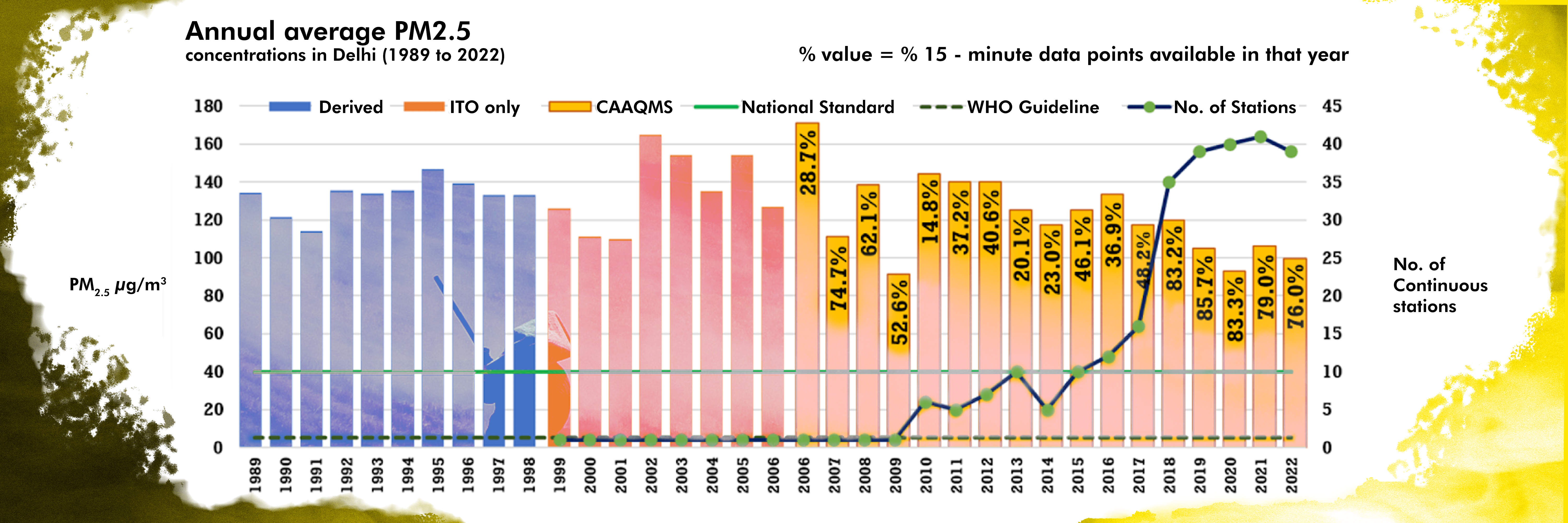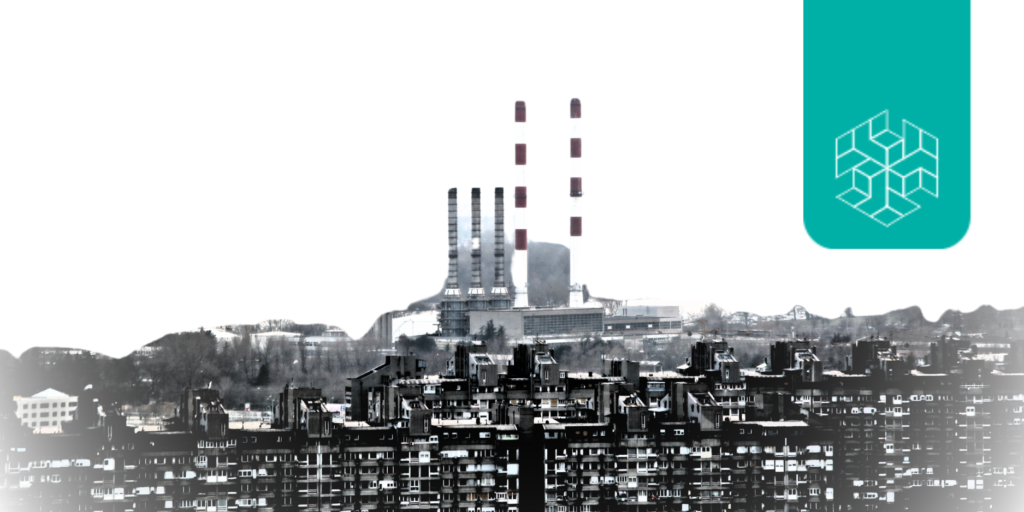Authors: Anusha Arif and Neha Maria Benny
Delhi-NCR’s air quality hit the ‘400’ danger mark on the AQI 500 scale, considered hazardous once again in the early part of November 2023. The coming festivities on Diwali, despite the ban coupled with a surge in farm fires, are expected to escalate the issue in the coming weeks.
According to the Air Quality Life Index (AQLI) report of 2023 by the University of Chicago, the air quality in Delhi shortens the lives of the city’s residents by 11.9 years. The health implications of increased pollution can be felt by all age groups of people with a sudden increase in cases of headaches, anxiety, irritation, confusion and decrement of cognitive abilities while also posing an aggravated risk to those with breathing problems.
In the midst of this, the government of Delhi has announced that the primary schools will remain closed till the 10th of November. The Supreme Court recently gave strict directions to the governments of Punjab, Rajasthan and Haryana to stop stubble burning by farmers. The capital, consistently featured in the most polluted cities in the world, is affected by multiple contributors to air pollution. These include paddy straw stubble burning in neighbouring states of Punjab and Haryana, traffic congestion, construction as well as illegal industrial activities. The highest polluting cluster of small-scale industries in India which do not meet limits on air, water or soil emissions, according to the Central Pollution Control Board (CPCB), is in Delhi. Over 3,100 industries are located across NCR, even though multiple polluting industries were moved out of Delhi in the 1990s.
Policy measures & action plans
The issue of air pollution in Delhi NCR first came to light in 1995 through a PIL filed by environmentalist and lawyer M.C. Mehta. The Supreme Court had, in an order in 1995, determined that the Delhi Pollution Control Committee was solely responsible for controlling the pollution in Delhi.

Annual average PM2.5 concentrations in Delhi from 1989 to 2022, no. of operational continuous ambient air quality stations reporting PM2.5 concentrations in Delhi and data available as % of 15 min points available in that year; What is Polluting Delhi’s Air? A review from 1990 to 2022. Sustainability 2023. 15(5). 4209.
Over the last three decades, pollution from other sources has worsened even though there has been improvement in vehicular emissions because of CNG conversions of public transport around the early 2000s. The Delhi government has introduced various policy measures to curb air pollution challenges in the region. The success and failure of some of these have been discussed as follows:
1. CNG Public Transport systems and Electric Buses
During the 1990s, a significant contributor to Delhi air pollution was vehicular emission, which constituted 70% of the total share. This led to the Supreme Court’s order to switch its public transit system to cleaner-burning fuel; the government of New Delhi converted its entire fleet of diesel and gasoline-dependent public transport systems to Compressed Natural Gas (CNG) around the early 2000s.




